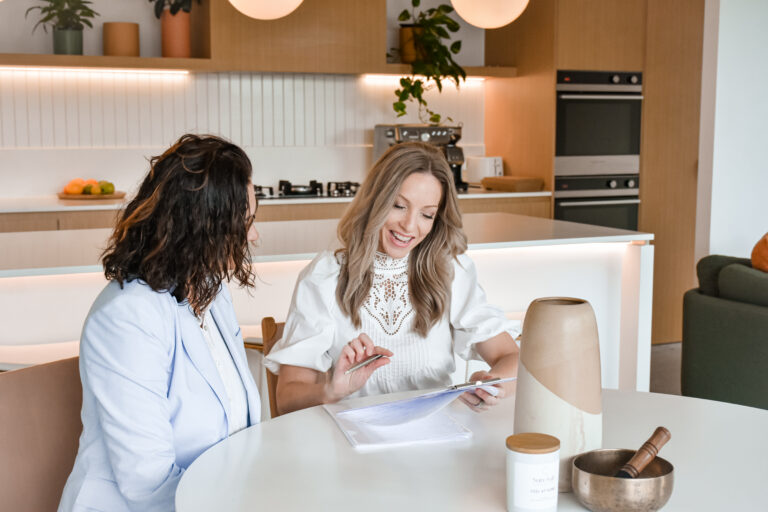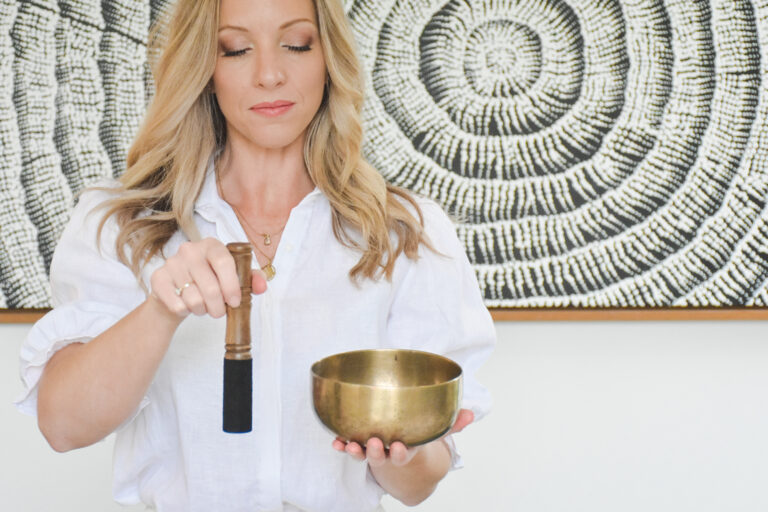Have you ever noticed that we’re often our own harshest critics? We support our friends, give them advice, and encourage them when they’re down, but when it comes to ourselves, that same kindness can disappear. It’s easy to fall into a pattern of self-criticism or judgment, especially when life throws challenges our way. But what if we flipped that script and started treating ourselves like we would a dear friend? This is where the idea of self-friendliness comes in—a beautiful, nurturing practice that can help us navigate life’s ups and downs with more grace, compassion, and understanding.
We hear a lot about self-love, and while it’s a beautiful concept, sometimes it can feel a bit overwhelming. If you’re having a tough day, telling yourself to “just love yourself” can feel like a big leap, especially when you’re not feeling it. That’s where self-friendliness comes in. Instead of trying to jump straight into love, self-friendliness encourages us to start with kindness, curiosity, and support—just like you would with a dear friend.
Self-friendliness is about being there for yourself in the small moments, even when it’s hard to find love. It’s the foundation that leads to deeper self-love over time, and it’s often easier to approach, especially on the tough days. This practice helps you connect with all parts of yourself in a compassionate way. It’s a gentle, nurturing path that builds emotional, mental, and physical resilience.
What Is Self-Friendliness?
Self-friendliness is the practice of being kind, supportive, and loving toward yourself. It’s about becoming your own friend, especially in those moments when you need it most. Instead of shaming or judging yourself, you offer yourself empathy, curiosity, and care.
We all have different parts of ourselves that come to the surface at different times. Maybe it’s the version of you that felt rejected in high school, or the part of you that’s trying to protect your kids. These parts don’t need to be pushed away or ignored—they need to be acknowledged and cared for, just like you would with a friend who is struggling.
Let’s explore how self-friendliness can support us emotionally, mentally, and physically.
Emotional Self-Friendliness: Being There for Yourself
Our emotions are like waves; they come and go, sometimes as gentle ripples, other times as intense storms. When we’re feeling overwhelmed by emotions like anger, frustration, or sadness, it’s tempting to push them down or feel guilty for having them in the first place. But what if, instead of fighting against our emotions, we embraced them like we would a friend in need?
For example, when you get angry, can you pause and be a friend to yourself first? Can you say, “I know why you did that, but let’s look at what this is doing to your body?” Maybe your jaw clenches, or your fists tighten, and you feel like the anger is spilling out uncontrollably. Instead of letting it consume you, check in with yourself. Ask, “What’s really going on here?” That’s self-friendliness—taking the time to be curious about your emotions rather than judging them.
One helpful technique is to recognise which version of yourself is showing up. Is it your 15-year-old self who felt misunderstood at school? Or maybe it’s the parent in you, trying to protect your kids. These parts of you are valid, and they need your compassion. Emotional resilience isn’t about avoiding or shutting down emotions; it’s about inviting them in, sitting with them, and allowing them to be seen without judgment.
Mental Self-Friendliness: Healing Your Thoughts
We all have moments where our minds are full of self-doubt, fear, or even sabotage. It’s part of being human. But mental self-friendliness means becoming aware of these patterns and gently guiding yourself back to a place of love and support.
Mentally, we often sabotage ourselves in small ways. It could be avoiding taking risks because of fear or convincing ourselves that we’re not good enough. These thoughts are like old, stale energy that gets stuck in our system. And while it’s normal to feel scared or uncertain at times, we don’t have to let these thoughts take over.
A big part of self-friendliness is noticing when your mind is pulling you into negativity and gently redirecting yourself. Instead of allowing fear to run the show, ask yourself, “What would a friend do?” Would they take you for a walk in nature? Make you laugh? Give you a hug? These are the kinds of things you can offer yourself like listen to some comedy, hug a pillow or put on some solfeggio music. Shift out of your mind’s critical frequency and into your heart’s loving frequency. When you operate from the heart, your decisions come from a place of kindness, and you can create space to feel, witness, and hold yourself as a friend.
Sometimes, it’s about visualising that scared part of you—maybe it’s a little girl hiding in the corner of a room. What would you do if you saw her? Would you scold her or sit down next to her, hold space, and let her know you’re there for her? That’s the energy we want to cultivate in our minds—being present and offering love to the parts of ourselves that need it.
Physical Self-Friendliness: Listening to Your Body
Our bodies are wise, but we don’t always treat them as such. We tend to push ourselves physically—whether it’s with intense workouts, overindulgence in processed foods, or ignoring our body’s need for rest. But just like with emotions and thoughts, self-friendliness can transform how we care for our physical bodies.
Have you ever noticed how brightly coloured processed foods are packaged? It’s designed to trick our minds into thinking these foods are good for us. But in reality, our bodies crave the colours of the rainbow through whole foods, which are nourishing and in alignment with our chakras. Next time you reach for a snack, try noticing the colour and asking yourself, “What is my body really craving?” It might not be the sugary treat, but instead, a colourful, nutrient-rich food that will truly satisfy and balance you.
Movement is another area where self-friendliness can come into play. Instead of automatically going to the gym because it’s your routine, take a moment to check in with your body. What does it actually need today? Maybe your body is asking for something gentler, like a yoga session or a walk outside. By honouring what your body needs in the moment, you’re nurturing yourself in a way that builds strength, flexibility, and self-kindness over time.
Building a Self-Friendship That Lasts
Being your own friend is an ongoing relationship that takes time to develop. It’s about listening to your emotions, holding space for your thoughts, and tuning into your body’s needs—all with curiosity, not judgment.
Start with small steps. The next time you feel an intense emotion, pause and ask yourself, “How would I treat a friend in this situation?” When your mind starts spinning with self-doubt or sabotage, take a breath and gently remind yourself that you’re worthy of love and support. When your body is tired or craving something nourishing, listen and respond with care.
As you continue to practice self-friendliness, you’ll notice a shift. That critical inner voice will soften, and you’ll start to feel more at ease with who you are. You’ll become your own biggest cheerleader, your own trusted confidante. And from this place of love and kindness, you’ll find that life flows with a little more ease and a lot more joy.
So, be gentle with yourself. Treat yourself like the dear friend you truly are. And remember, self-friendliness is where the journey to loving yourself begins. 💖







